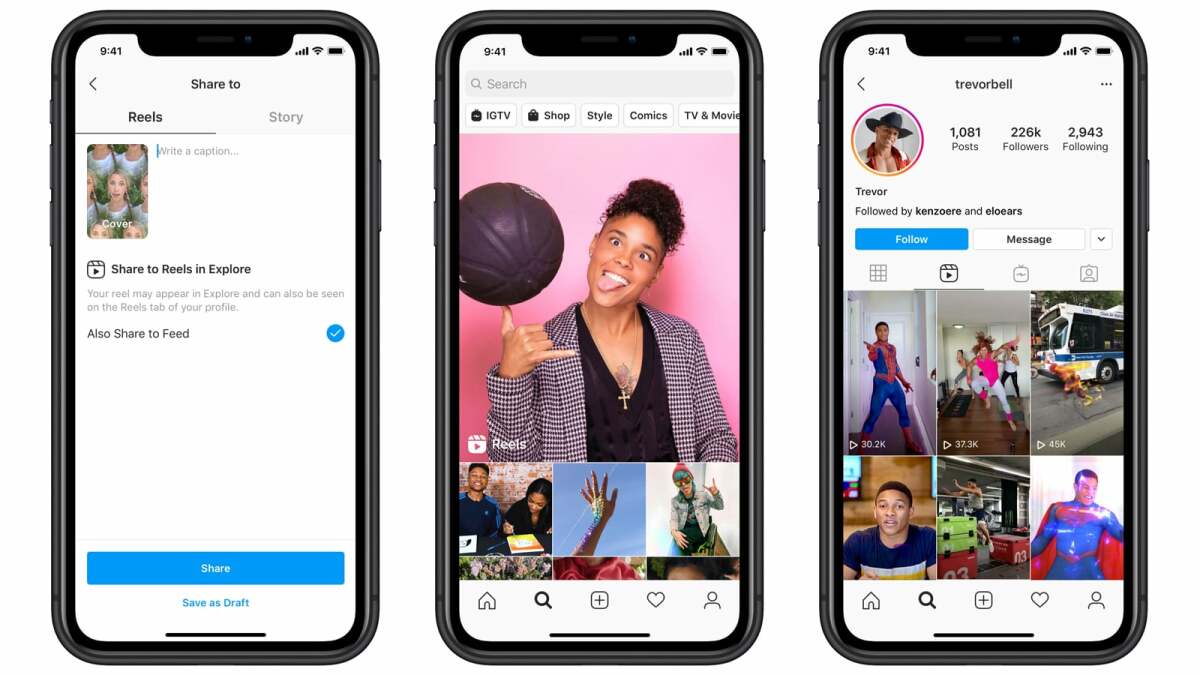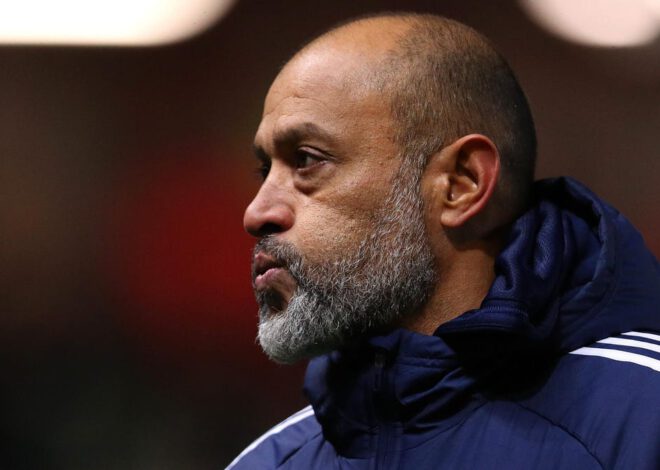
Insagram Reels is a TikTok clone, but for a totally different world
In every conceivable way, Instagram Reels is worse than TikTok. But in all likelihood, that won’t stop the blatant clone from becoming a hit.
Facebook (Instagram’s parent company) released its copycat of the wildly popular short-form video app TikTok on August 5. Considering its newness, the uncertainty of TikTok’s future in the U.S., other competitors fighting to take TikTok’s mantle, and the general unpredictability of the social media landscape, it’s impossible to say for sure what lies ahead for any of them.
But if history is any indication, Facebook’s successful cloning of Snapchat through Stories tells us that copy-pasting popular new social media formats into Instagram is a smart bet. And that’s because Facebook is great at stripping down new innovations to their barest form in order to cater to the masses.
Reviews of the new Reels feature are, at best, middling and skeptical. New York Times internet reporter and TikTok maven Taylor Lorenz declared it, “the worst feature I’ve ever used” that fails “in every way as a TikTok clone” on top of being “confusing, frustrating and impossible to navigate.”
She’s absolutely right, too. But none of that necessarily stops Reels from taking off.
Instagram doesn’t have to improve upon a stolen format in order to win a copycat war.
To be clear: Reels is not only a clone, but a poor relative of TikTok, using weak synonyms of the original app’s features. Its editing tools are rudimentary and restrictive, lacking all the functionality and sophistication of TikTok. The Discover page, rarely a selling point for Instagram users before, pales in comparison to the unprecedented power of TikTok’s For You page. Similarly, the filter effects and music embeds utilize two touchstones of TikTok, while utterly missing the point of how they feed into the app’s capacity for virality through the duets feature. All of this (and more) is probably why top TikTok creators aren’t jumping ship to Reels any time soon.
If Instagram was aiming for a wholesale replacement of TikTok with Reels, it failed. But Instagram doesn’t have to improve upon a stolen format in order to win a copycat war. At least that’s what we saw with Stories versus Snapchat (the objectively superior approach to temporary content) in 2016.
Because in the eyes of your average social media user, all Reels really has to do to claim victory is give Instagram’s massive audience a new toy to play with that’s conveniently on the same app they’re already using. To boot, Reels gives Instagram’s relatively older audience of boomers, Gen X-ers, and late-adoption millennials a way to engage with the hot new short-form video format trend without needing to learn a whole new social media tool and culture. TikTok is an app that’s not only intimidatingly ruled by the young, but also such a powerful creation tool that it can be overwhelming for new or casual users. That’s how Instagram Reels’ seeming failures and limitations become its strengths.
Those scoffing at Reels as a laughably doomed failure underestimate just how important convenience is to user adoption. They also forget that, when Instagram first launched Stories, people were equally dubious and unimpressed.
Tweet may have been deleted
Back then, Stories were also considered a poor, streamlined imitation of what made Snapchat such a social media novelty, a unique innovation with seemingly unending youthful cachet. In a Mashable article from 2016 about why Stories wouldn’t make Snapchat disappear, the CEO of a prominent digital agency said that, “Snapchat is more exciting creative and new, and they are trying more new formats creatively,” with another even going so far as to say that “the ghost logo is the logo for a generation.”
Sure, Facebook has a much bigger reach — but innovation and creativity will win in the end!
Cut to a year later and we were calling Instagram Stories, with 250 million daily active users, a “Snapchat-crushing feature”. By 2018, Stories had decimated Snapchat’s user base — an Instagram side feature becoming more popular than the entirety of an app once heralded as “the logo of a generation.” Embedding shamelessly basic copycats of another app’s undeniably superior innovations proved a winning strategy.
To be fair, though, Snapchat isn’t the perfect analogy to TikTok.
While Instagram Stories lit the match, Snapchat owes a share of the blame for its own downfall to a hasty, despised redesign. TikTok (or rather its parent company, ByteDance,) also seems far savvier as a company. However, unlike TikTok, Snapchat wasn’t staring down the barrel of an executive order banning it in the United States when Facebook decided to steal its lunch.
Tweet may have been deleted
What is very similar though is that both Facebook clones came out at a time when the non-teen demographic had just begun taking its first hesitant steps into the hot and trendy waters of Snapchat and TikTok. Both these original innovators started to become more mainstream, and they weren’t just viewed as some fad novelty for the kids.
Stories offered that less internet-savvy demographic a way to engage in the novel format of short-lived content from the comforting familiarity of Instagram.
Undoubtedly, Reels won’t replace TikTok’s content, because Instagram’s platform is populated by an entirely different user base with a different purpose. To put it another way, by making the TikTok format accessible to locals, Instagram will repurpose the short-form video for basics.
The content likely to dominate Reels will be worlds away from the trend-setting, creative, multifaceted stuff that makes TikTok such a lively place. It won’t be attractive teens dancing to the tune of millions of views or the beautiful multiplicity of TikTok’s many niche subgenres. Instagram Reels will be the home for Rosé All Day Mom-types to share 15-second slices of 24-minute videos of their kids playing in the yard.
By making the TikTok format accessible to locals, Instagram will repurpose the short-form video for basics.
Instagram doesn’t have to worry about perfectly replicating TikTok through Reels because Instagram isn’t really an app built on virality, shareability, or content creator creativity. Because, aside from some notable exceptions, Instagram today predominantly serves the itch that Facebook used to scratch. It’s that keeping-up-with-the-Jones’ broadcasting of your #bestself, with a side of satisfying your morbid curiosity about the banal lives of acquaintances you never talk to.
Reels will be perfect for that, especially because you can share them to Stories, so they really really don’t have to be anything special for users to feel inclined to post them.
To be fair, there’s some refining Instagram will still need to do. Reels isn’t very intuitive right now, with usability issues and glaring limitations (you can only make them 15 seconds long and, for some reason, the embedded music doesn’t transfer to Reels saved onto your camera roll). But when it first came out, Stories bore similar flaws, with far worse functionality, far fewer effects and filters. Now, users can create their own face filter effects, games, and AR widgets for Stories. And, well, that’ll do for an average user.
It’s impossible to say with certainty what will happen to TikTok, or whether Reels will have anything to do with what becomes of the app’s currently precarious future. But Reels’ appeal to a different demo could be great news for zoomers, who were already annoyed at the recent invasion of millennials on TikTok
Nothing is likely to replace or replicate the lightning in a bottle that is TikTok. Unfortunately, though, Instagram doesn’t have to in order for Facebook to successfully pick at its bones like a scavenger.


